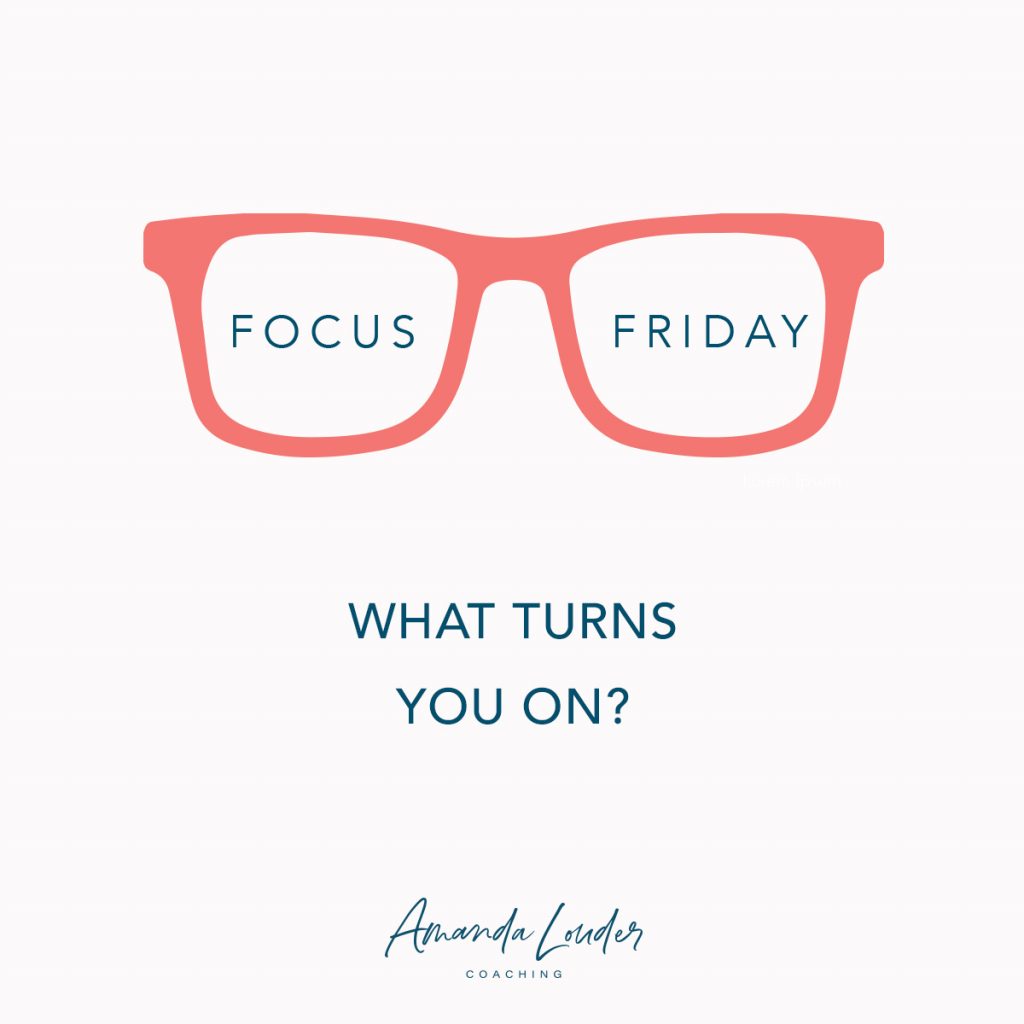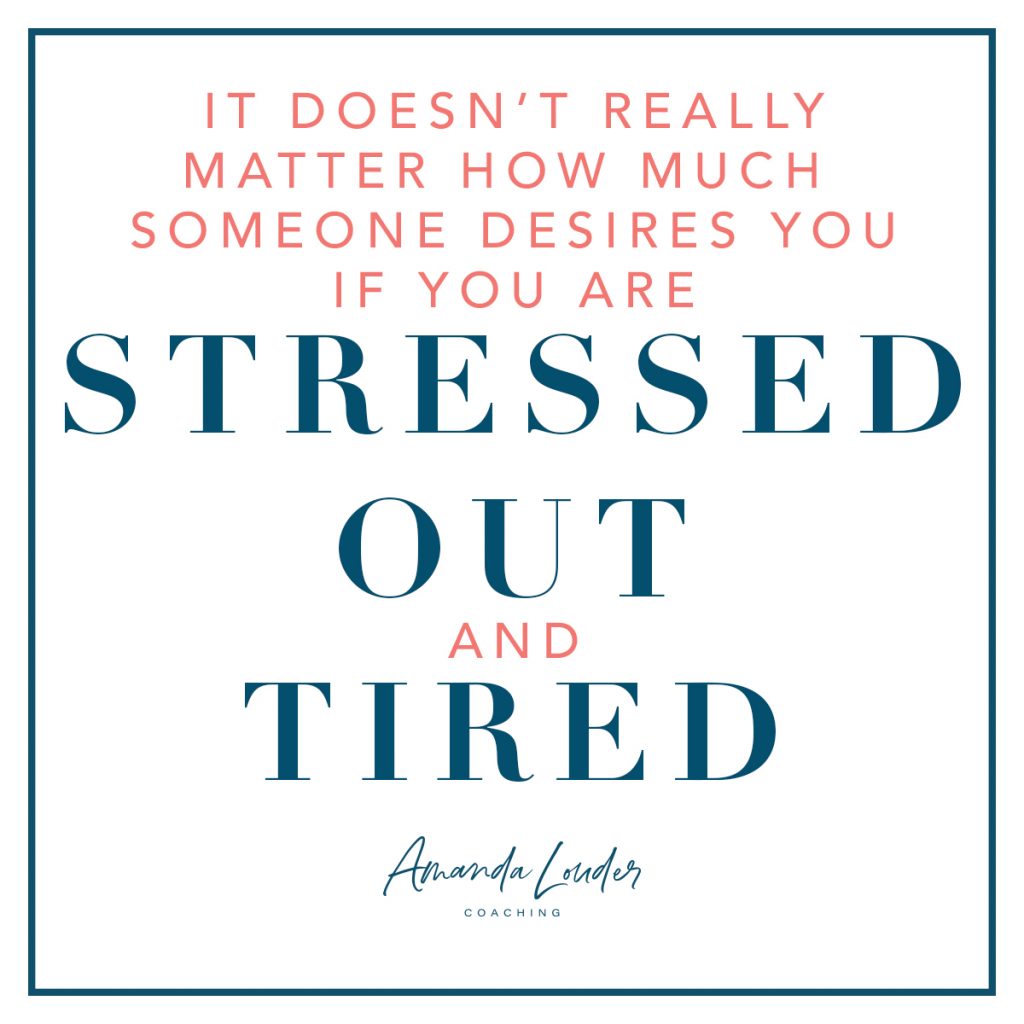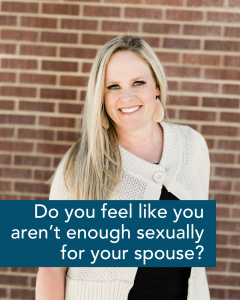
In doing research for this episode, I found a lot of information that is just plain wrong! No wonder men are confused about what women want! So let’s talk about what actually turns women on. What takes off your sexual brakes. And I’ll tell you, it’s not all about candlelight and sweet nothings. You may see things in a different light after you listen.










Show Notes:
Follow Amanda on Facebook and Instagram.
Join Amanda’s Private Facebook Group.
References for this episode:
Come As You Are by Emily Nagoski, Ph.D.
Show Summary:
In the last couple of weeks, we’ve talked about sexual accelerators and brakes, creating better context, and today we are going to talk about what turns women on.
In doing research for this episode, I of course encountered some interesting articles. Some of them pointed to some typical things we think about, others left me quite baffled.
According to an article on Webmd, what turns women on aren’t traditional romantic gestures like getting roses or canoodling during candlelit dinners. But everyday rituals that have men pitching in. Loving gestures that show women that their husbands care.
- Doing the dishes
- Unloading the groceries
- Giving her a break from the kids
- Showering her with sweets
- Saying “I’m sorry” when he is clearly at fault
- Being his authentic self
According to the article all of these small turn-ons add up. What do you think? Do some of these things do it for you?
The next article I came across was from Cosmopolitan Magazine. I’m sure you can imagine what it said!
- When he comes up behind you and kisses your neck. They assure women that this is ALWAYS hot. I think we can agree that it’s really about context, right?
- When he’s kind to your animals.
- When you come home tired and he’s cleaned the house.
- When he performs oral sex on you and expects nothing in return.
- When he makes you breakfast (ok, they said coffee, but same gist).
- When he pulls your legs onto his lap when you’re watching TV.
- When you’re waiting in line and he massages your shoulders while you’re bored.
- When he decides what your plans will be. (Ok, this might be hot…we do like a man who takes charge, right?)
- When he brags about you to your friends and family.
- When he pulls you over to his side of the bed in the morning.
- When he touches your knee under the table at a boring event.
- When kisses anywhere that’s not your mouth sweetly. Or kisses your mouth hard.
- When he becomes friends with your family.
- When you come home drunk and he’s making you grilled cheese.
- When he finally realizes that your vibrator is not the enemy.
- When he makes across-the-room eye contact at a party.
- When he wears a tailored suit or tux.
- When he carries your suitcase and his, no questions asked.
- (I didn’t quite understand, I think it was a scene from Magic Mike, which I have never seen).
So obviously Cosmo got some things right, but a LOT wrong. And we wonder why guys are something clueless about what we want? (Because they look up “How to turn a woman on and read Cosmo!”) Because it’s not just about what he does, but the context in which it happens. And of course, Cosmo is not aimed at our conservative, married demographic.
Moving on…let’s get down some actual science, shall we?
In a study of 662 straight women who were in some kind of relationship, this study, published in the Journal of Sex and Marital Therapy, identified three specific factors that make women more likely to have more sexual desire for a partner. They are:
- Intimacy
- Celebrated Otherness
- Object-of-Desire Affirmation
According to this study, intimacy refers to feelings of closeness, deep involvement, and affection for a person. It usually goes with “expectations of understanding, affirmation, and demonstrations of caring.” The researchers also referenced a 2010 analysis from psychologist Dr. Kathryn Hall, who theorized that “while men tend to approach sex as a way to experience intimacy, women consider desire and sex a result of emotional connection.”
The next piece is celebrated otherness. This term refers to the ability to appreciate your partner as separate and different from yourself. When you have a sense of personal autonomy in your relationship, as opposed to a feeling of “fusion” or total unity – because you’re able to see your partner as something exciting and attractive because they’re something you still don’t fully understand.
This reminds me a lot of Dr. David Schnarch’s work with differentiation. He says that we want to belong to another person as much as we want to belong to ourselves. In order to achieve a truly passionate marriage, we must be able to be separate while still being together. Sexual desire is all about freedom. And that is why so many couples struggle with sex and intimacy if they are codependent.
The third point in this study is object-of-desire affirmation. The study found that women are particularly inclined to be turned on when they feel they’re being viewed as attractive and desirable by another person. They said that this was actually the most significant factor of the three in determining female desire.
And while I can agree, in part, with all of these, I think there are some missing pieces. Because it’s really about context. It doesn’t really matter how much someone desires you if you are stressed out and tired. You can push on the accelerator all you want, but if those brakes are on, you aren’t going anywhere.
So where does this leave us?
In Episode 181, I mentioned 3 things that are accelerators for women
- Focusing on the good in your partner
- Intentionally thinking about sex
- Fantasizing
And those are definitely important, but of course it’s more complicated than that.
Katie McCall and Cindy Meston, both psychologists, conducted a survey to research “cues for sexual desire factors” in women. Basically they asked women what turned them on and their results were divided into four general categories.
- Love/Emotional Bonding Cues
- Explicit/Erotic Cues
- Visual/Proximity Cues
- Romantic/Implicit Cues
Let’s dig into each one of those a little bit more.
1. Love/Emotional Bonding Cues: This is a sense of feeling loved, secure in the relationship, commitment, emotional closeness, protection, and support in your relationship. Feeling like you get “special attention” from your spouse. I think this is a lot of what some of those other studies are articles were saying. Yes, we want to feel like we are loved and that we matter to the other person. That is really important in order for us to feel desire and get turned on.
2. Explicit/Erotic Cues: So this is more what I talked about at the end of the last episode. Watching a sexy movie, reading a sexy book, even hearing someone else having sex can be a turn on. Also noticing how much your spouse wants you. Seeing their arousal. Fantasy. This is essential for us women in order to get turned on.
3. Visual/Proximity Cues: This is the one where you get turned on by seeing your man in a well tailored suit or tux. Seeing his well toned body, lots of confidence, intelligence, and class. The visual or the closeness of it can really get you going.
4. Romantic/Implicit Cues: this includes intimate behaviors such as dancing, taking a bath, a massage or other intimate touch. Watching a sunset together. Laughing. Whispering something in your ear.
I’m sure none of this is really surprising to you, although you may not have heard it broken down so concisely. A blend of erotic and romantic cues turn women on. This is what activates the accelerator of the women’s sexual response.
Next week, we are going to dive in even more to what turns women off. The most common things that hit her brakes.



